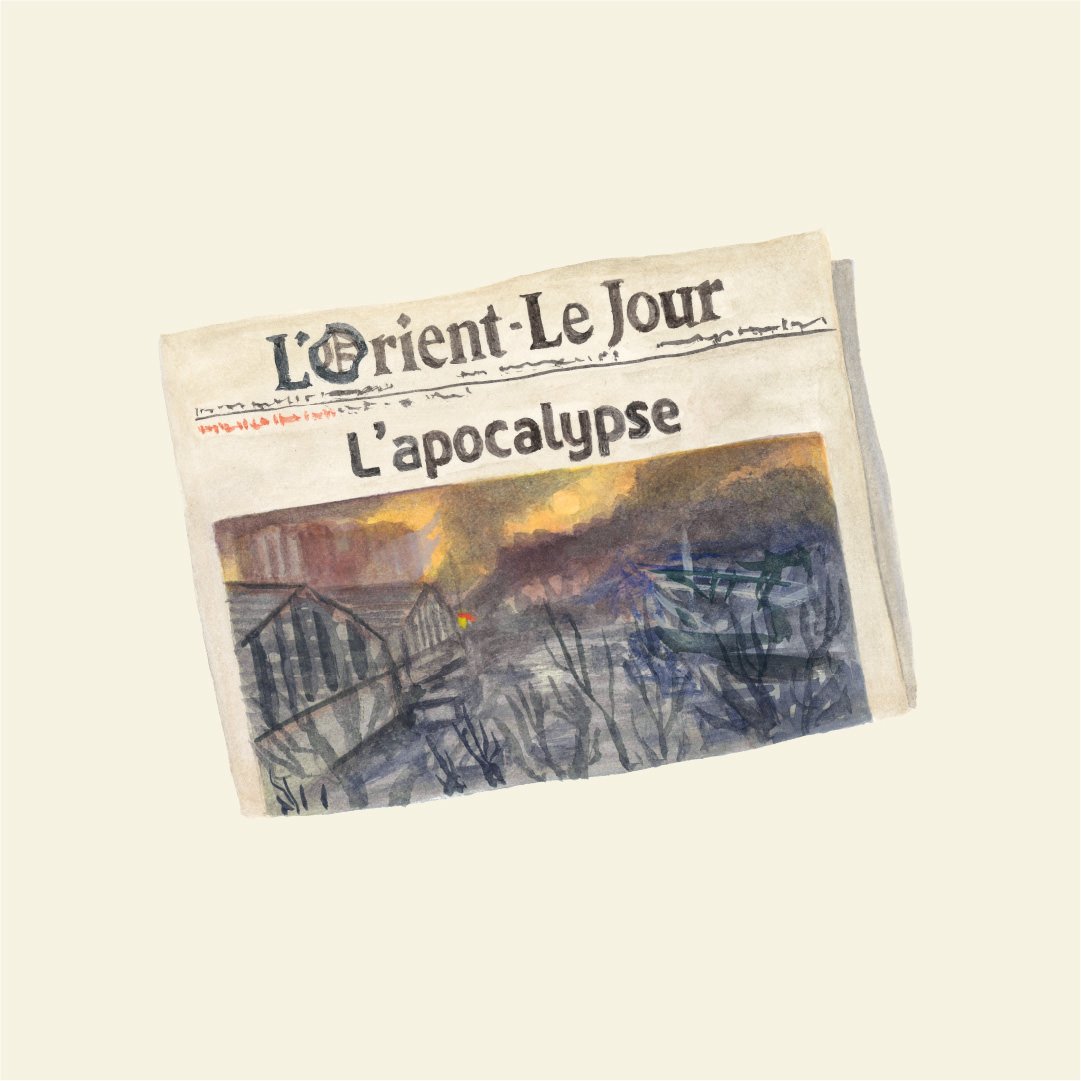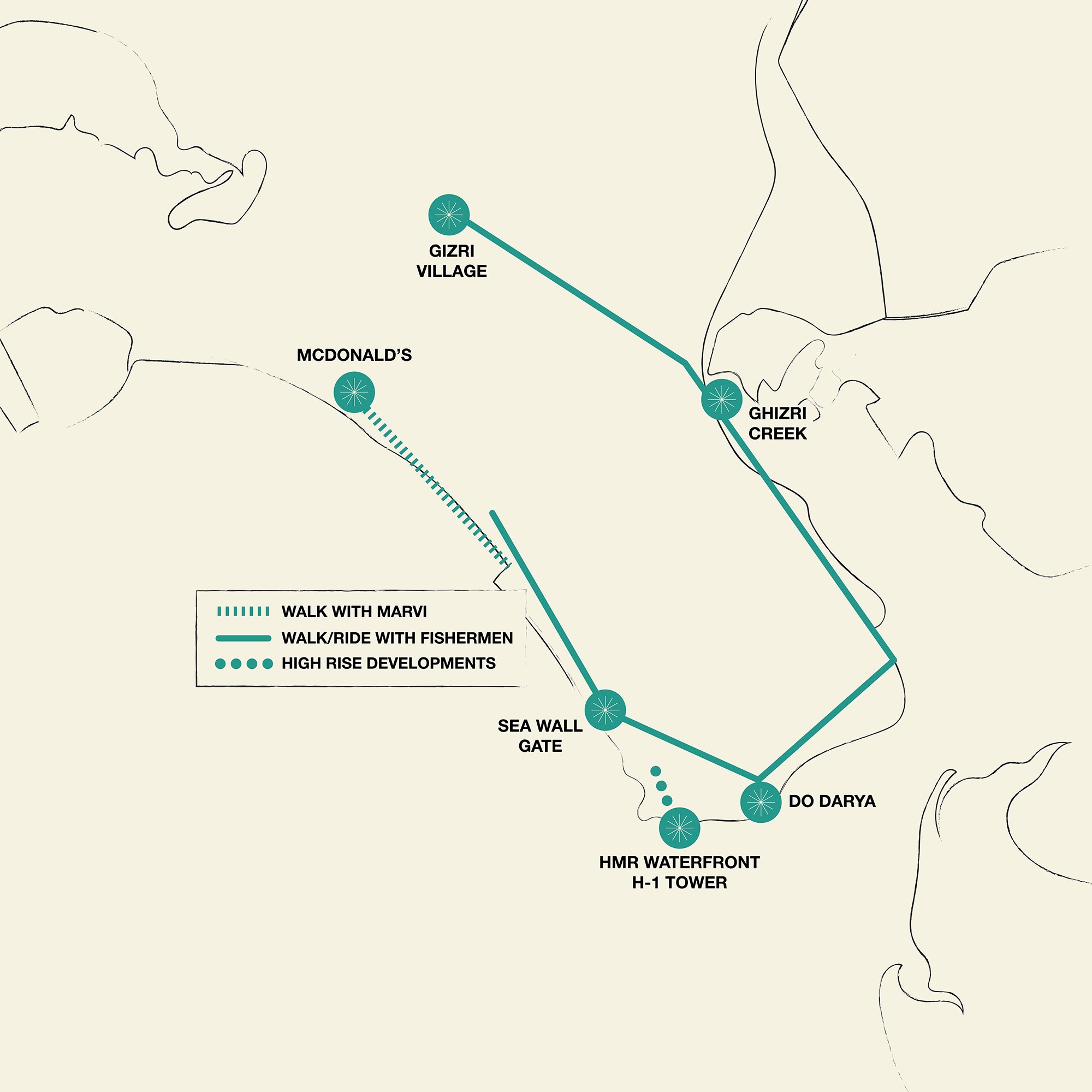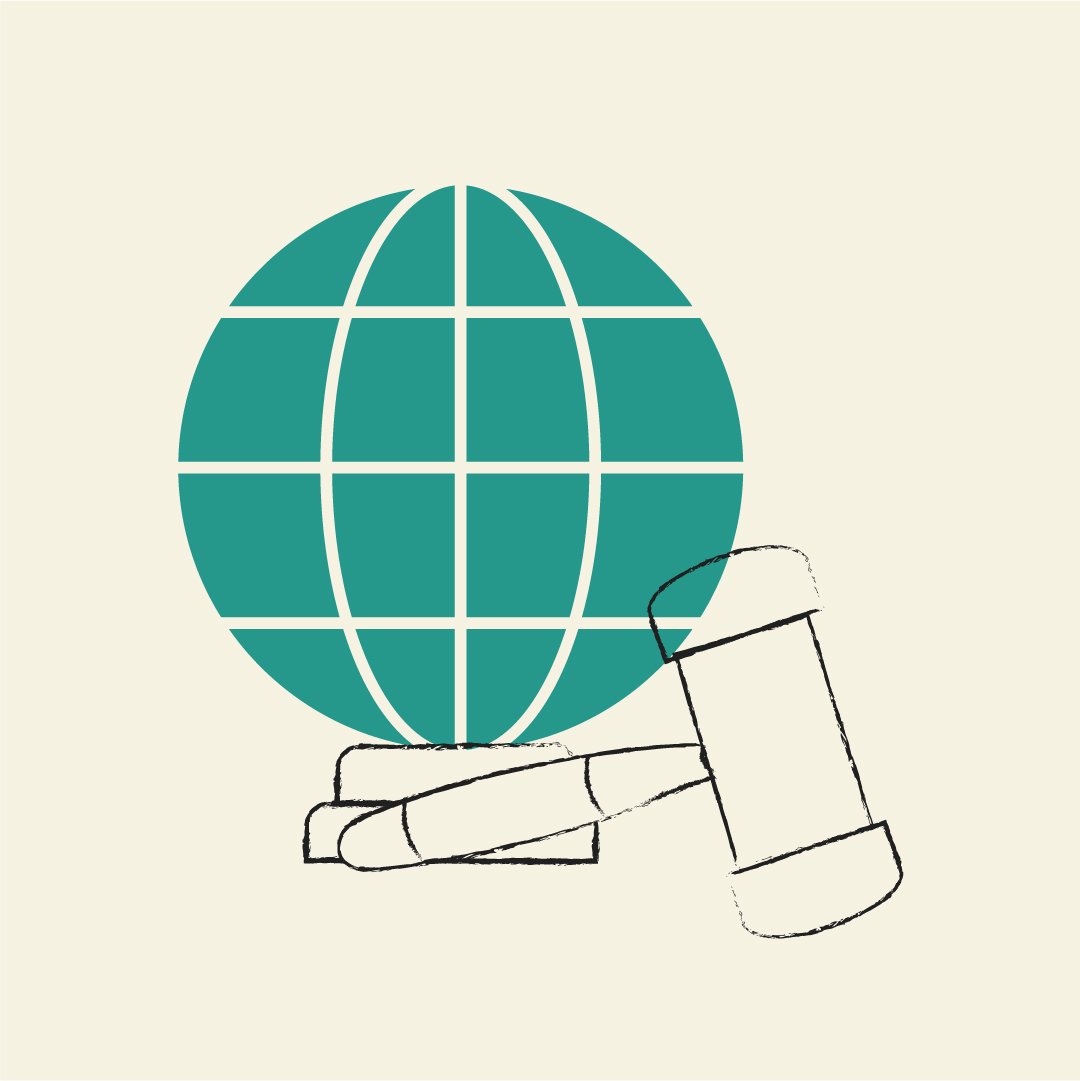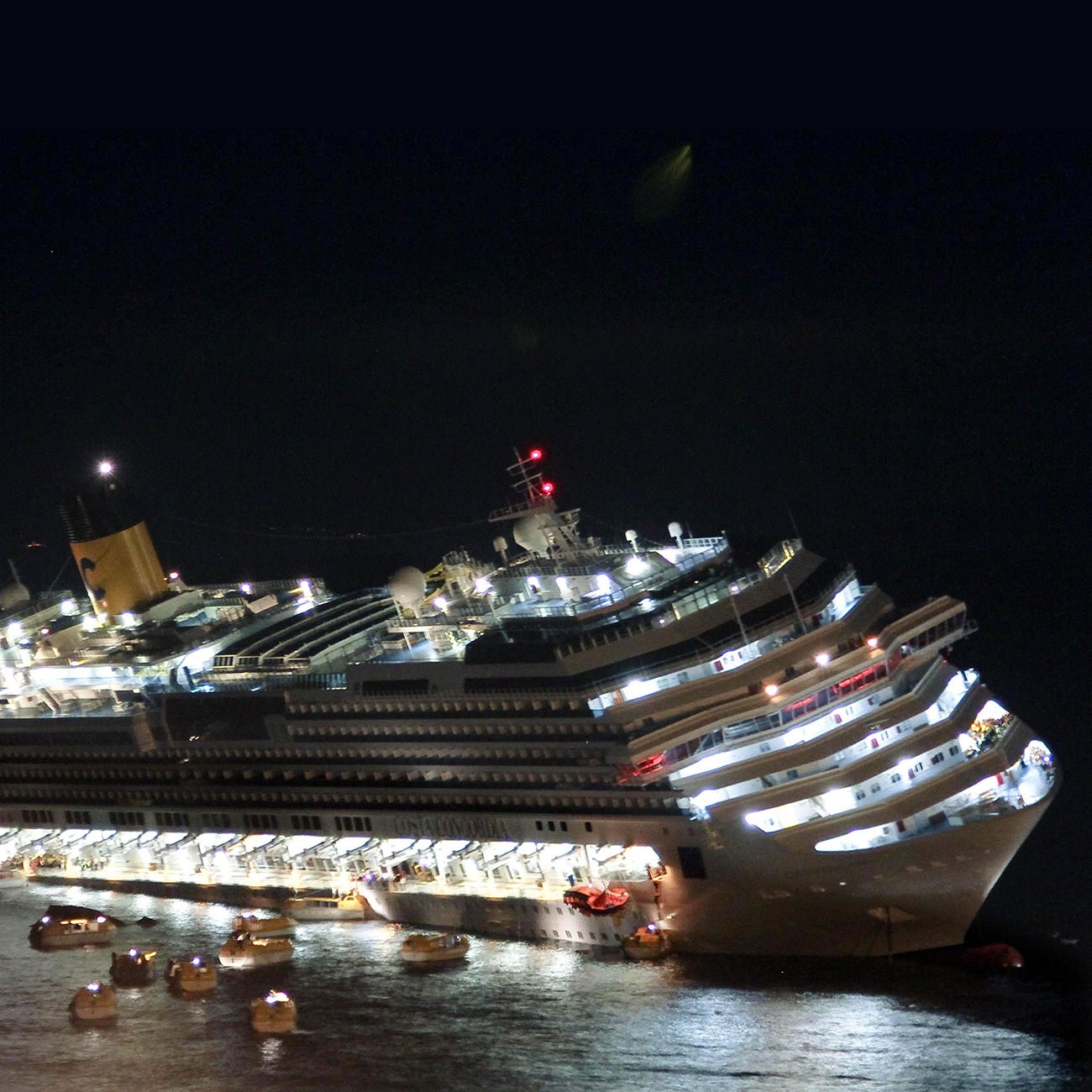Lamia Ziadé on How Illustrating Can Elevate Storytelling
MAY 25, 2023
The Reporter’s Notebook is our monthly interview series with Dial contributors. To receive these conversations directly in your inbox, sign up for our newsletter.
✺
Lamia Ziadé is a French-Lebanese writer and illustrator whose account of the 2020 port explosion in Beirut was featured in our Shipwrecks issue.
Ziadé was born in Beirut in 1968 and raised during the Lebanese Civil War. She moved to Paris at 18, where she worked as a designer for Jean-Paul Gaultier before going on to publish several illustrated books, including My Port of Beirut (Pluto Press), from which her piece in The Dial is excerpted and translated by Emma Ramadan.
Ziadé recounts the aftermath of the explosion, the lives it took and the questions it raised about Lebanese corruption and politics.“Glued to my phone, I scrutinize the slightest sign, the smallest action that could signal the beginning of the end for those crooks who have led Lebanon to its demise,” she writes. “My poor country is in agony, my city is on its knees, and these monsters are still cracking the whip.”
Ziadé spoke with Dial editor Madeleine Schwartz about her reporting process, the aftermath of the disaster and why she chooses to use illustration in her work. This interview has been translated from French and edited for clarity.
THE DIAL: Why write about the 2020 explosion in the Beirut port? What drew you to this topic?
LAMIA ZIADÉ: It wasn’t my intention to write or draw about it, especially right after the explosion. I was in such a state: so desperate and unhappy that I wasn’t thinking about that sort of thing at all.
Le Monde’s magazine contacted me, saying that I could have fifteen pages to react in whatever way I might wish to about the explosion that had taken place only about five days before.
At first I told them I was unable to, and refused.
But I felt so useless being in Paris at that tragic moment. I thought, well, at least I could do this. So I wrote those 15 pages in one month, illustrations and text. It was very hard for me. There was all the information I was getting on my phone, on Instagram, et cetera. I was aware of every little thing that was happening there, which I was trying to reproduce. After a month, the piece was published in Le Monde. I thought I had finished with the subject. But my book editor came to me and said, “You must continue working on this … despite the horror of the subject. This should be a book.”
Again, I said no, I am not able. It was already too hard. But finally, he convinced me. It’s the first book I’ve done without the desire to do it at the start. It really came from other people.
Now the book is done. And I’m very happy with it. … It allowed me to mourn this terrible event.
THE DIAL: Your work on the explosion looks at the event itself but also all that has followed—the discovery of corruption, the mutual aid, the aftereffects of revolution and protest. What did the disaster teach you about Lebanon?
LZ: We learned things that we already knew, which became apparent in a much more extreme way.
For example, how far could corruption go? Everyone knew that Lebanon was super corrupt. … All those tons of nitrate in the port and that the politicians knew they were there. Corruption was one of the elements that came out in a much more blatant way.
Unfortunately, what we learned did not change anything in the country. On the contrary. I said to myself right after the explosion: This is so terrible that now everything will change. We can’t go on like this and everyone will realize it. All these corrupt politicians, we’re going to get rid of them. Not at all.
THE DIAL: You both write and illustrate. Does the text come from the image or vice versa? How do you approach a subject in these two media?
LZ: I work on everything at the same time. There's a lot of research, even for this book. … The research of finding the right images to draw, and the right stories to tell.
Research, drawing and text: Each informs the others, right up until the last minute.
That’s the case with all my books. Often I tell a story because of an image that I want to illustrate. I’m not sure what I’m going to say around that image, but I like the image, so I draw it. Then I find a way to introduce it into one story or another. So I let the text feed the images and vice versa.
THE DIAL: How do you do that research? You wrote the book from France, although it takes place in Lebanon. How did you go about your work?
LZ: For this book, it was very particular. Instagram and family WhatsApp groups formed a huge part of the archive that I used. I subscribed to a lot of accounts, I followed a lot of people I wouldn’t have otherwise. The research was done as people were posting new information, pictures, videos or telling stories. … My two sisters, my brother and my parents were in Beirut. I was on the phone with them all the time. They were telling me stories from a place I knew. I was being fed information day-by-day.
THE DIAL: We live in a time when we’re surrounded by photos—whether it’s on social media like Instagram or the news. What can illustration bring to our understanding of the world around us? Why draw?
LZ: I don’t know how to do it any other way.
Drawing is my first profession, in a way. Writing came to me much later. It’s through drawing that I express myself normally.
For this particular subject, I found that [illustration] brought a softness to this drama. The photos taken after the explosion are not artistic photos. The images of the victims that make up a large part of the book—those are my favorite drawings—were often images taken in photo booths, family photos, photos of very poor quality.
I reproduced the photos as they were, but as illustrations. And that brought something humanizing to the poor-quality photos circulating on our phone screens.
✺ Interview conducted by The Dial in conjunction with “Issue 4: Shipwrecks”
LAMIA ZIADÉ is a Lebanese author, illustrator and visual artist. Born in Beirut in 1968 and raised during the Lebanese Civil War, she moved to Paris at 18 to study graphic arts. She then worked as a designer for Jean-Paul Gaultier, exhibited her art in numerous galleries internationally, and went on to publish several illustrated books, including My Port of Beirut, Ma très grande mélancolie arabe, which won the Prix France-Liban, Ô nuit, ô mes yeux and Bye bye Babylone.







